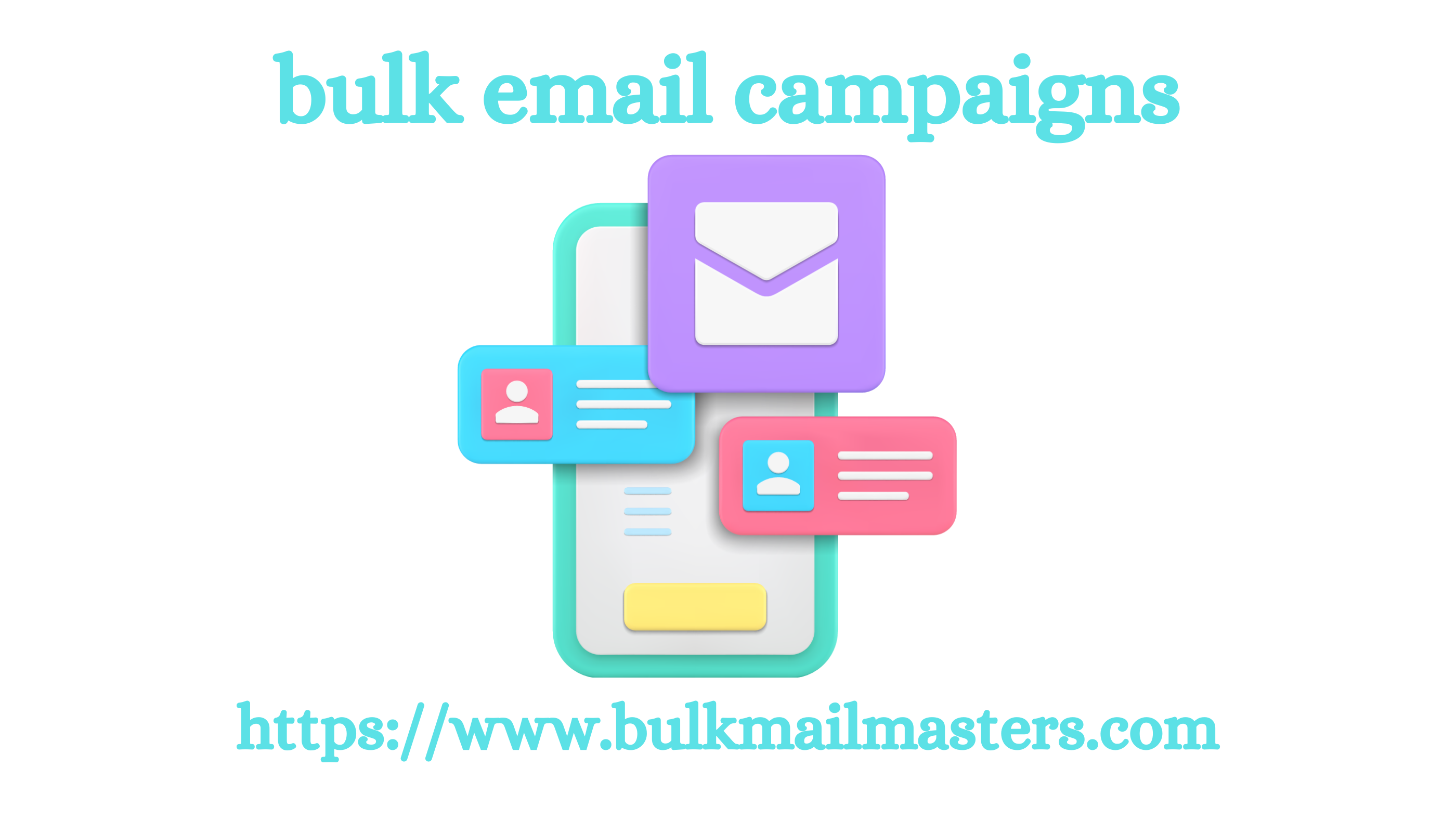Post by hasina789956 on Oct 29, 2024 3:15:29 GMT -5
Case Study. In the world of marketing and design, creating effective packaging is about more than aesthetics or simple consumer preference. Packaging must not only be attractive, but also stand out in an often saturated competitive environment. It is in this context that our institute conducted a study a few years ago for a client wishing to revise its current packaging. While the results of our pre-test revealed a clear favorite among the packs tested among consumers, an unexpected problem arose: this favorite packaging risked going unnoticed on the shelf compared to the colorful 'block' of the main competitor! Explanations. The initial challenge: a change of packaging to increase attractiveness Our client, a recognized player in the agri-food sector whose products are distributed in Reunion, therefore wanted to boost its brand image by revisiting its current packaging, the codes of which were considered to be outdated.
The final objective was to boost sales through a more attractive and modern package, but still in line with the brand identity. The pre-test: a rigorous methodology for reliable results To meet this demand, we have set up a packaging pre-test, an essential step in measuring consumer perception before the launch of a new pack. This test was conducted through a quantitative study with a bulk email campaigns representative sample of Reunion Islanders, including buyers of the product studied. The objective was to understand how each packaging option imagined by the communications agency was perceived in terms of attractiveness, readability and association with the brand. The test results were clear: one pack clearly stood out from the others. Consumers expressed a clear preference for this design, describing it as more modern, more elegant, more streamlined, less visually cluttered and more in line with their expectations.

The surprise: popular packaging… but invisible on the shelves When reporting the results to the marketing team, however, our client raised a crucial point that we had not anticipated: although consumers' preferred packaging was attractive and clear in terms of stated preference, it was very likely to blend in on the shelf. Indeed, compared to the main competitor's "block" of recipes, this packaging, although attractive, lacked visibility and differentiation on the shelves. This observation highlighted an aspect that is sometimes underestimated in packaging studies: the importance of on-shelf context . Indeed, the shelf is a battlefield where every detail counts. A pack can be appreciated during a consumer test, but its real effectiveness is played out in its ability to capture attention on the shelf , where it is surrounded by dozens, even hundreds, of other products. The importance of the competitive context This situation highlighted the need to take into account not only consumer preferences, but also the context of shelf presentation. The proximity of competing products, the dominant colors, the presentation in “block” or “descent” of brands, the cold or hot zone, etc. are all factors which can influence the visibility of packaging on the shelf… and therefore its effectiveness.
The final objective was to boost sales through a more attractive and modern package, but still in line with the brand identity. The pre-test: a rigorous methodology for reliable results To meet this demand, we have set up a packaging pre-test, an essential step in measuring consumer perception before the launch of a new pack. This test was conducted through a quantitative study with a bulk email campaigns representative sample of Reunion Islanders, including buyers of the product studied. The objective was to understand how each packaging option imagined by the communications agency was perceived in terms of attractiveness, readability and association with the brand. The test results were clear: one pack clearly stood out from the others. Consumers expressed a clear preference for this design, describing it as more modern, more elegant, more streamlined, less visually cluttered and more in line with their expectations.

The surprise: popular packaging… but invisible on the shelves When reporting the results to the marketing team, however, our client raised a crucial point that we had not anticipated: although consumers' preferred packaging was attractive and clear in terms of stated preference, it was very likely to blend in on the shelf. Indeed, compared to the main competitor's "block" of recipes, this packaging, although attractive, lacked visibility and differentiation on the shelves. This observation highlighted an aspect that is sometimes underestimated in packaging studies: the importance of on-shelf context . Indeed, the shelf is a battlefield where every detail counts. A pack can be appreciated during a consumer test, but its real effectiveness is played out in its ability to capture attention on the shelf , where it is surrounded by dozens, even hundreds, of other products. The importance of the competitive context This situation highlighted the need to take into account not only consumer preferences, but also the context of shelf presentation. The proximity of competing products, the dominant colors, the presentation in “block” or “descent” of brands, the cold or hot zone, etc. are all factors which can influence the visibility of packaging on the shelf… and therefore its effectiveness.
